Capture Myopathy in Eld’s Deer During Capture and Chemical Immobilization
One of the most dangerous conditions known to occur in wild and domestic animals is capture...
Turns out, animals can’t really verbalize what’s going on all the time. In the Wild is a collection of pieces to help close that communication gap while growing the love and understanding between animals and those who care for them.
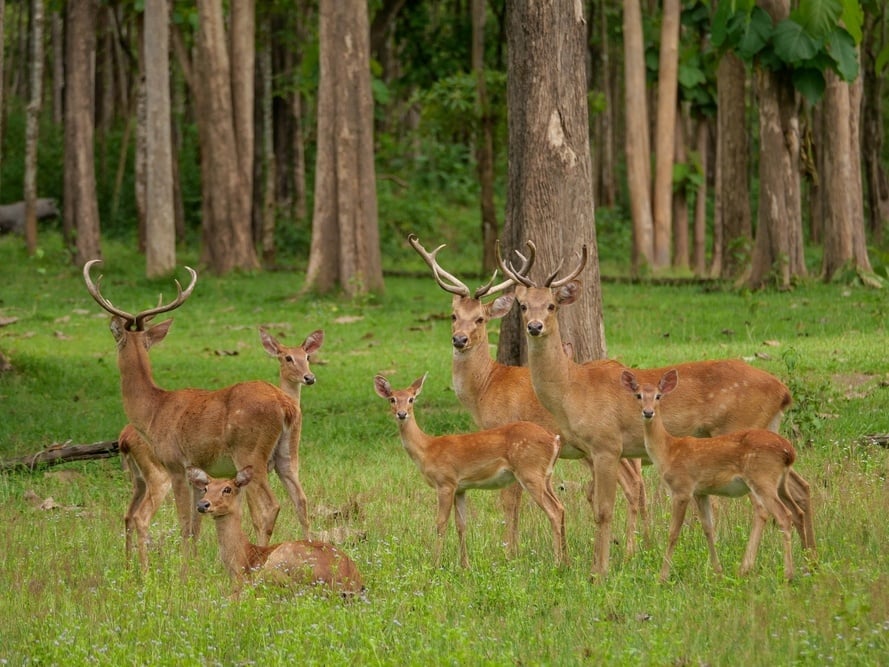
One of the most dangerous conditions known to occur in wild and domestic animals is capture...
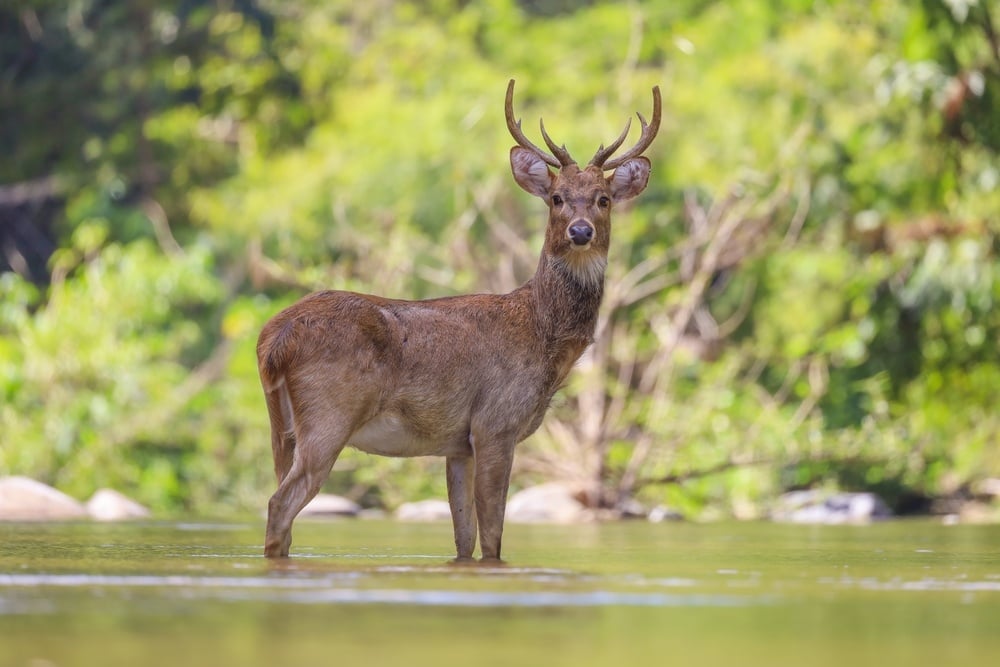
Deer are among the most well-known of the large wildlife species globally. They belong to the order...
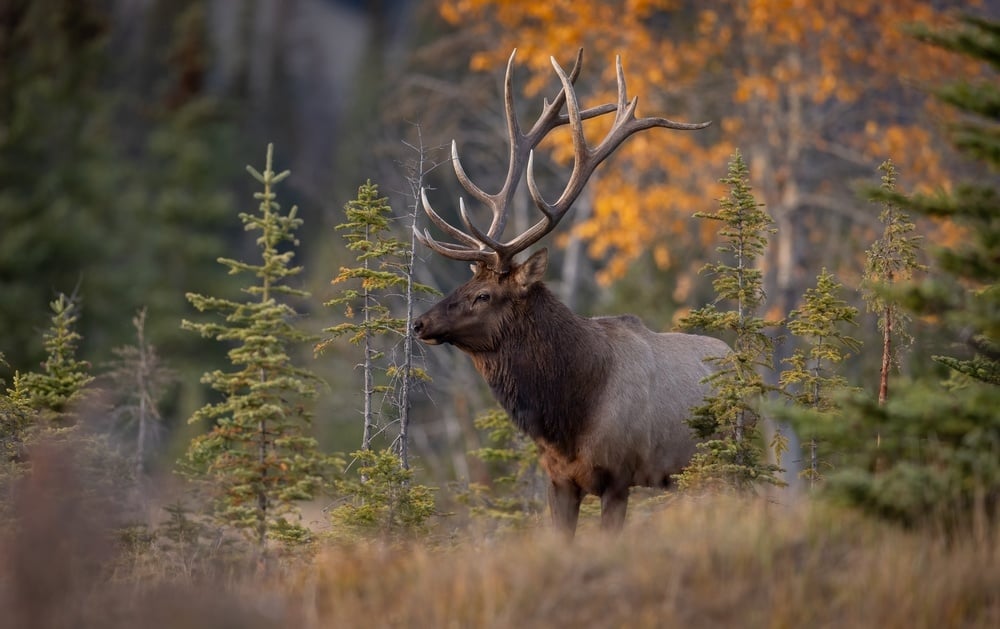
The elk (Cervus elaphus canadensis), also called wapiti, is the largest subspecies of red deer...

A very common post-sedation and post-anesthesia complications that can occur in both domestic and...

Immobilization via chemical means has become an indispensible tool for researchers and wildlife...
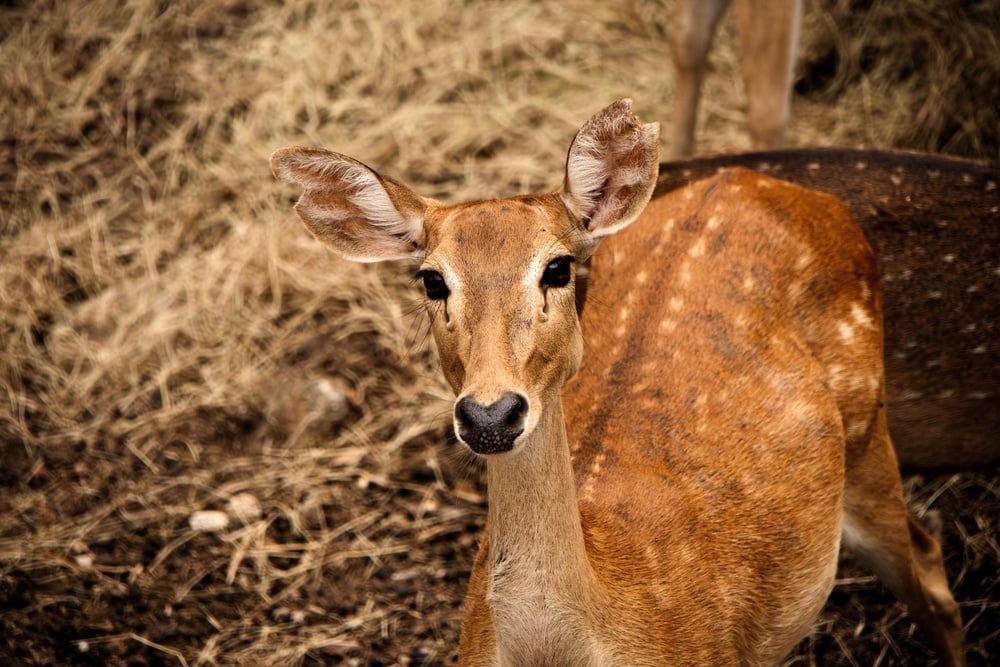
The Eld's deer (Rucervus eldii) is indigenous to Southeast Asia. These are large deer that are...
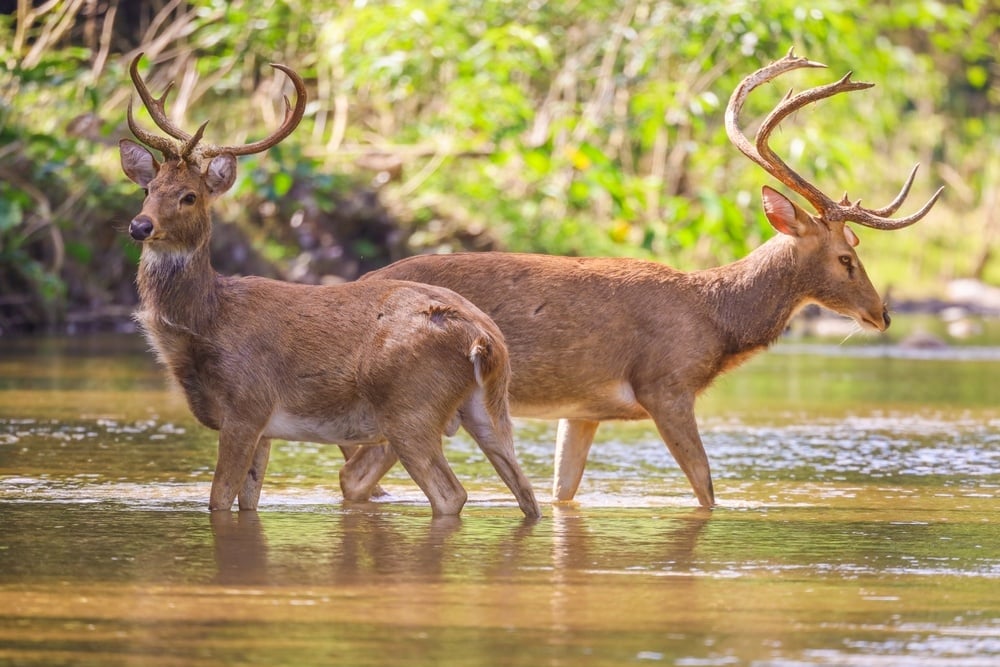
Deer are known as cervids (family Cervidae) and belong to the order Artiodactyla, which are hoofed...
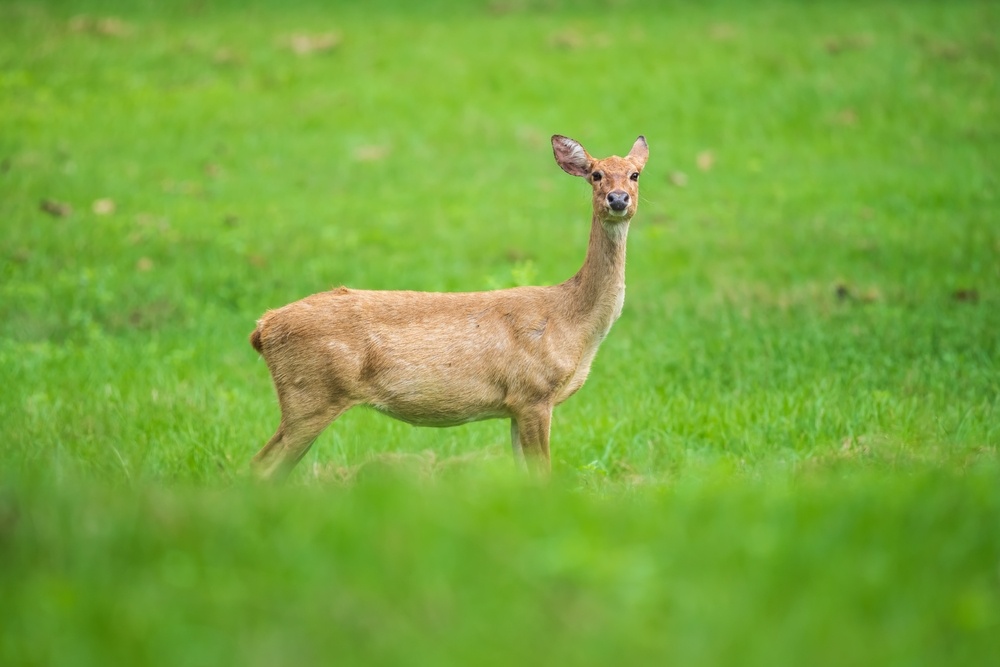
The chemical immobilization of wild and captive deer is often necessary for a variety of reasons,...
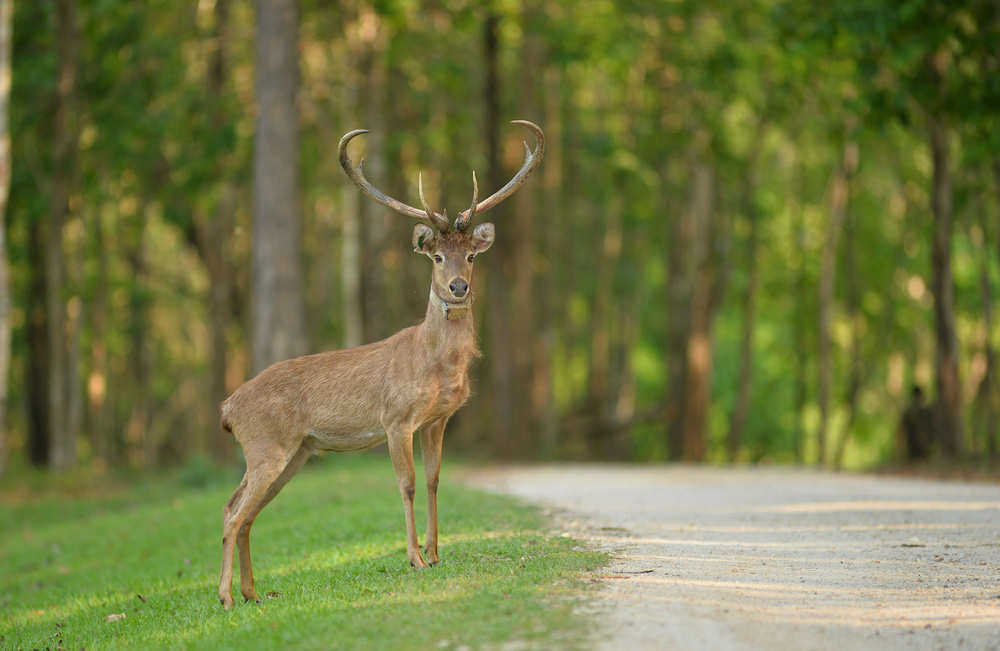
The management of both wild and captive deer frequently requires the manipulation of individual...
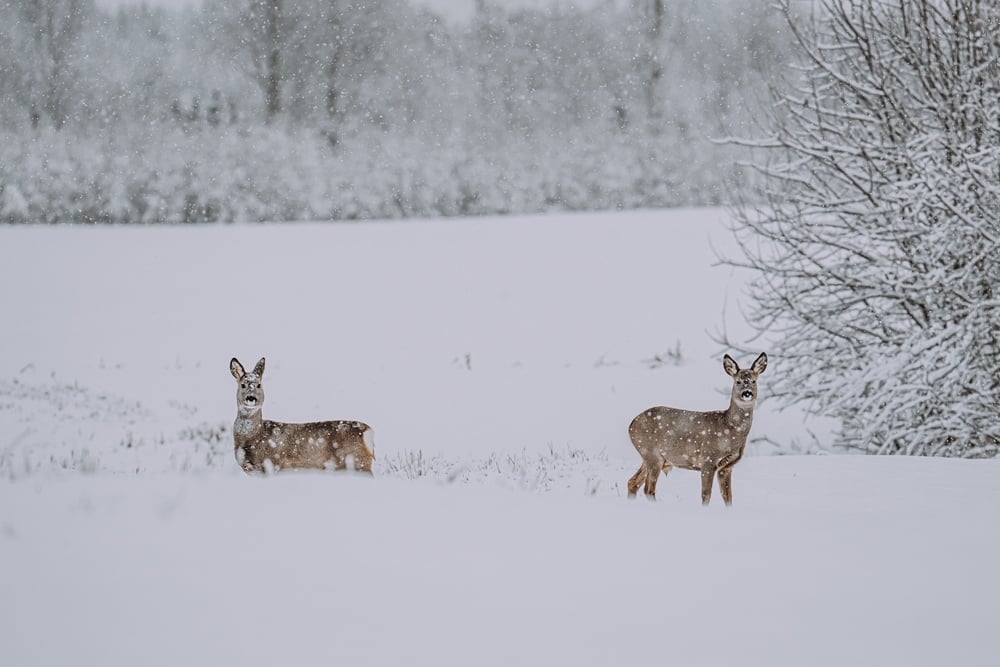
The Eld’s deer (Rucervus eldii) is a tropical deer that is native to the lowland forests of a...
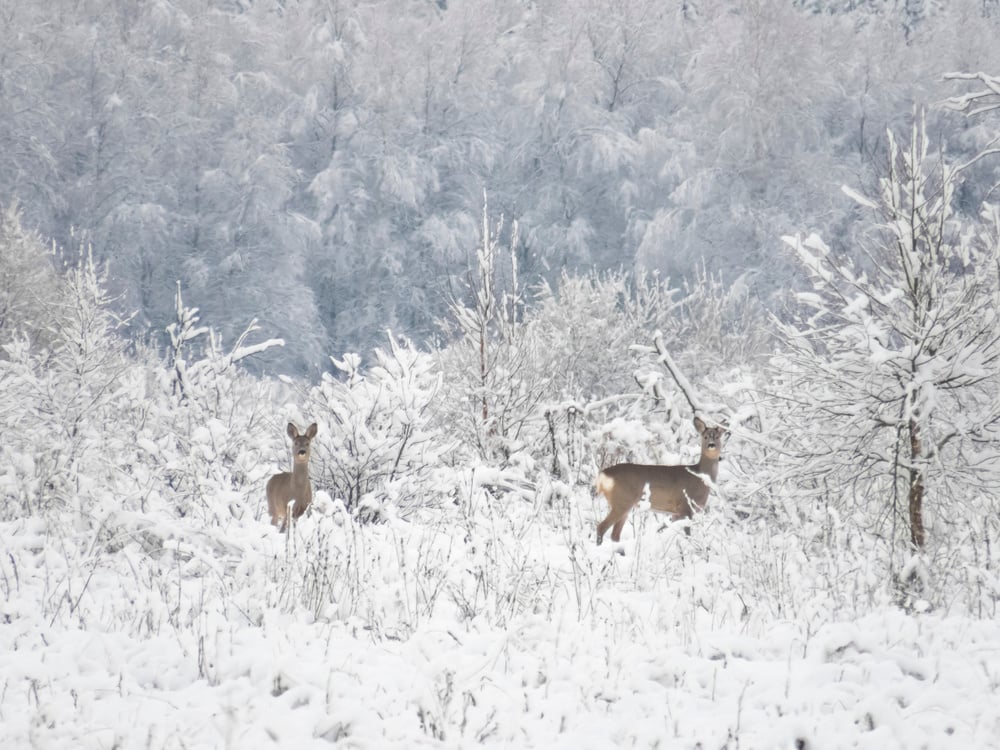
Deer are among the most well-known of the large wildlife species, and they’re popular among hunters...

Globally, there are over 50 species of deer, most of which are found in Asia, although many species...
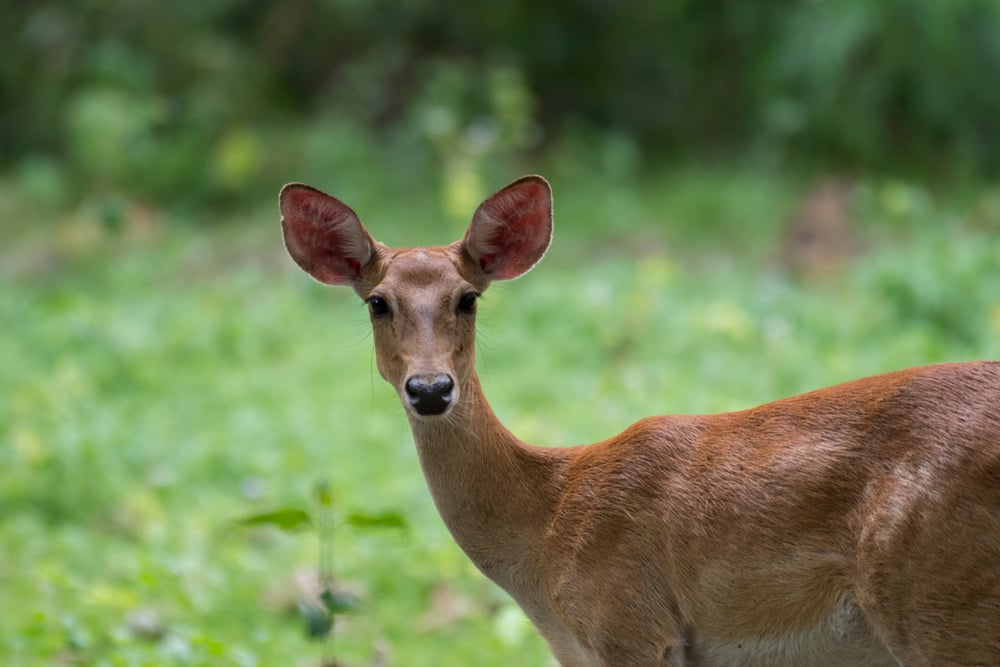
The Eld's deer (Rucervus eldii) is a deer species that is indigenous to areas of Southeast Asia. So...
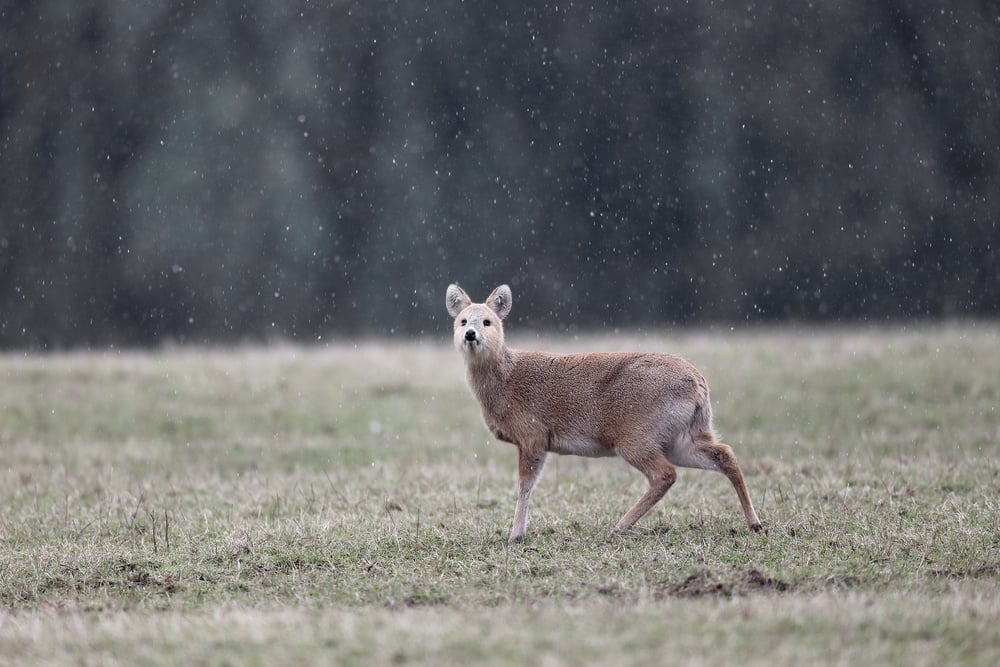
Frostbite is a cold-related injury in which body tissues begin to freeze. Frostbite can affect any...

There are dozens of deer species that are recognized worldwide, and deer occur on all continents...